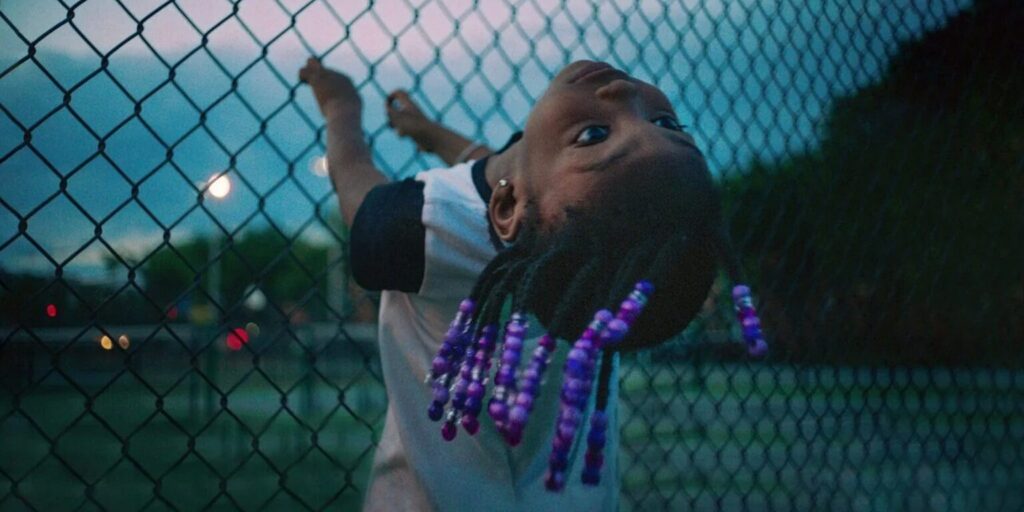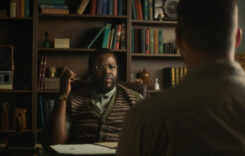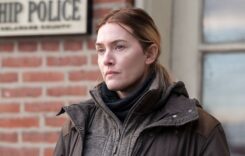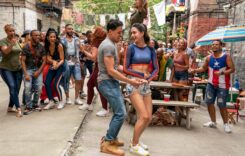AUGUST 14, 2024
The sight of a father clasping his daughter’s hand and sharing a moment on the dance floor can touch even the hardest of hearts. Whether it’s at a wedding or an elementary school, the “daddy-daughter dance” — as it’s known— offers a family bonding moment unlike any other, the memory of which is often cherished for a lifetime. But, for a daughter who has rarely touched (or even met) her father because he has been incarcerated for much of that child’s life, that first touch can be overwhelming.
That particular moment is captured in “Daughters,” the U.S. Documentary Audience Award winner at the 2024 Sundance Film Festival. The film, directed by Natalie Rae and Angela Patton, focuses on “Date with Dad,” a special program founded by Patton that allows incarcerated fathers to enter a 10-week Fatherhood Training Program that helps them to think again like a dad and prepare them for the emotional consequences that a reunion might trigger. “Daughters,” largely set in the Washington D.C. jail where the dance will take place, follows the men’s journey from street thug to loving father in an all-too-rare attempt at rehabilitation within the American prison system.
As compelling as the men’s journeys may be. However, directors Rae and Patton have firmly placed their focus on the film’s title characters. Any serious look at the penal system as it is today has to include the damage it has inflicted on families, particularly Black families, and especially on its most vulnerable victims: the children. As an example, the filmmakers have chosen four young girls, ages 5-15, through whose eyes we can see how the planned daddy-daughter dance has already impacted their lives:
- Aubrey Smith, age 5: Bubbly and energetic, Aubrey draws us in with her innocent excitement at getting to touch her dad, Keith. Yet, something is unsettling about Aubrey using her newly learned times tables and other math skills to figure out just how many years her dad has left on his sentence.
- Santana Stewart, age 10: Santana, who feels abandoned by her father, Mark, is less forgiving than Aubrey. She wants to tell her father he’s in jail due to his own decisions and that if he ever goes back to jail again, she’s not going to shed one single tear. She puts on a tough front, strongly asserting that she’s never going to be a mother.
- Ja’Ana Crudup, age 11: An active, independent girl, Ja’Ana is close with her mother, Unita, who has mixed feelings about the prospect of Ja’Ana getting close to her father, Frank again, arguing that Frank has already had his chance with her.
- Raziah Lewis, age 15: The eldest of the girls profiled, Raziah is not angry over the absence of her father, Alonzo, as much as she is depressed by it, harboring thoughts of self-harm and suicide. The lack of access that she and her mother, Sherita, have to Alonzo continues to tear at them both.
Aubrey, Santana, Ja’Ana, and Raziah may have differing degrees of excitement and apprehension at reuniting with their fathers, but they all share a wish to have their families back together. More often than not, they mention the chance to touch their fathers again, a moment of parental affection that has been denied them for so long. Rigid prison rules forbid touching from family visits, which can now be conducted by video only and require the family to pay. As each girl tries on her dress for the dance, the apprehension for the meeting grows. Their fathers are also nervous at the prospect. At their course meetings, the men, still clad in orange jumpsuits, tell life coach Chad Morris about their anxieties — specifically, the fear that their daughters will be scared of them. Other fears arise as well. One dad confesses he doesn’t know how to dance, while others have to learn how to tie a tie for the first time. All this builds to the moment when the dads, dressed up in their donated suits, sit in a line of folding chairs, anxiously waiting for their daughters to enter the jailhouse gates.
Directors Rae and Patton wisely take a “fly-on-the-wall” approach to the stories, foregoing the talking-heads style in favor of letting their cameras run as the events occur. Patton does appear on camera from time to time — not as the filmmaker, but as the event’s organizer, laying down the ground rules to both the mothers and fathers. But, the approach pays off big-time when their cameras catch the unguarded moments between the dads and daughters to which no talking head could even aspire. Not everything works in “Daughters.” For example, the pacing of the film is uneven at times. It’s methodical in counting down each week of the men’s course, but after week 5, we lurch forward to the dance, raising questions about the growth of the men we may have missed. Similarly, after the dance — which provides the film’s climax — Rae and Patton have added a lengthy “Where are they now?” epilogue that provides the happy ending we all want, yet still raises more questions than it answers.
However, there’s no denying the emotional power of watching these fathers who have done wrong being embraced by their daughters, who are willing to forgive them. While these scenes are likely the fuel behind its Audience Award win, in addition to its warm fuzzies, “Daughters” has a steel backbone in its implied criticism of the hypocrisy on which the American prison system is built. “What sense does it make,” the film asks, “that a system supposedly designed to rehabilitate prisoners keeps them away from the very families that can aid in that rehabilitation?” In the decade it’s been running, 95% of the dads who have taken the “Date with Dad” program have not been arrested or returned to jail. The program may not be the foolproof answer to lowering the recidivism rate, but it does offer a path forward. And “Daughters” is a shining example of how promising that path might be.












